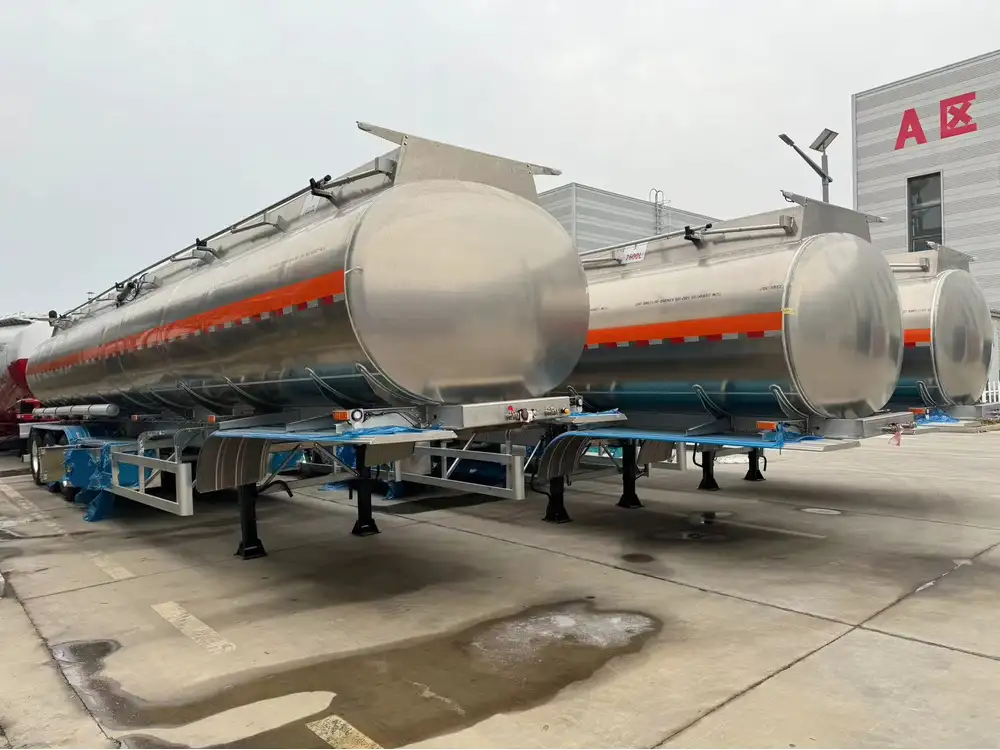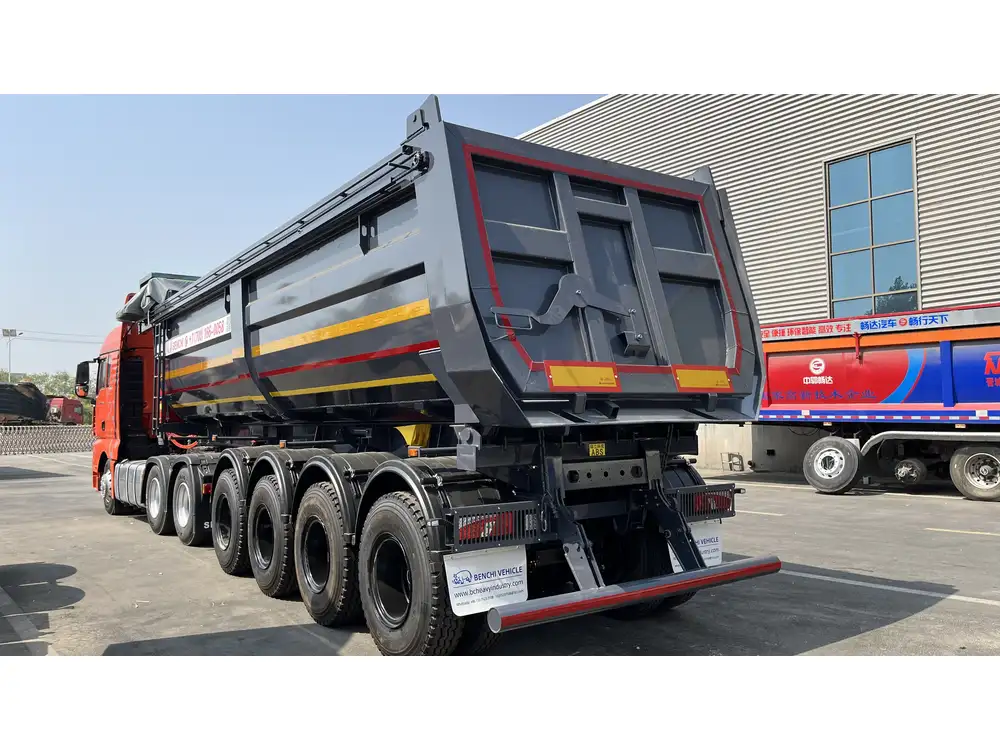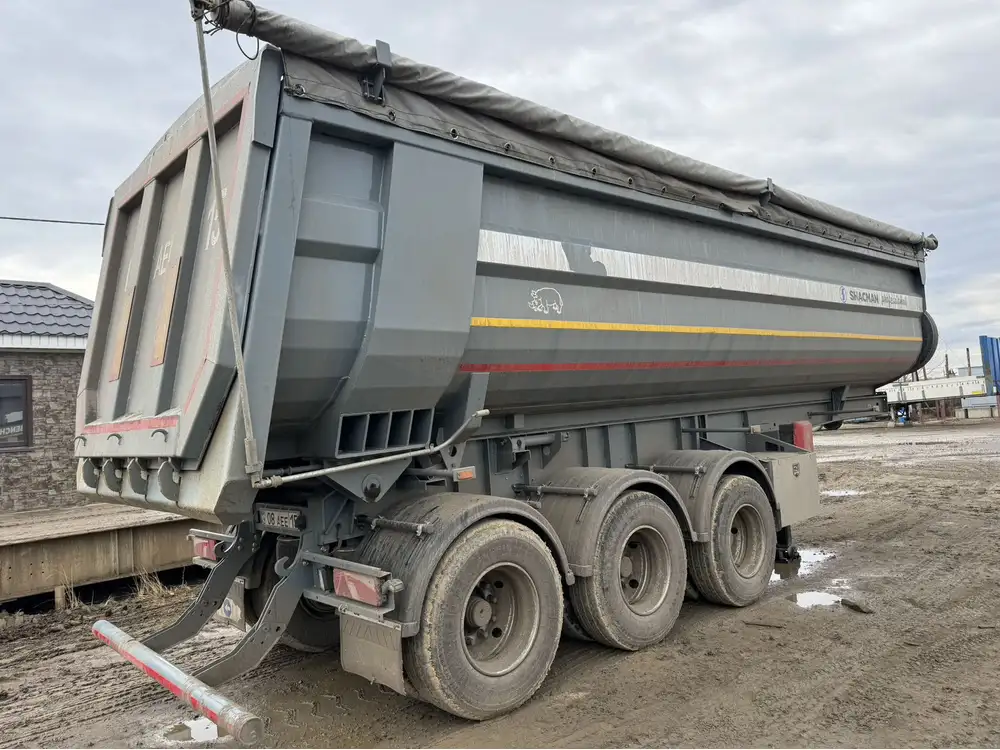Hauling firewood on a flatbed trailer can be a challenging yet fulfilling endeavor that demands attention to safety, preparation, and efficiency. Properly managing the logistics of transporting firewood not only maximizes the load but also ensures that the wood remains accessible and intact upon arrival. This guide will walk you through the essential steps, considerations, and tips required for efficient firewood transport using a flatbed trailer.
The Importance of Choosing the Right Trailer
Using a flatbed trailer for hauling firewood offers specific advantages that make it a preferred choice for many. Before delving into the intricacies, let’s consider some crucial attributes of flatbed trailers:
| Flatbed Trailer Advantages | Notes |
|---|---|
| Easy Accessibility | Open design allows for quick loading and unloading. |
| Versatile Sizes | Available in various lengths and capacities. |
| Weight Distribution | Provides an even weight balance across the axles. |
| Adaptable Accessories | Can use straps, tarps, and side rails effectively. |
Selecting the Ideal Flatbed Trailer
The right type of flatbed trailer is vital for hauling firewood. Key factors to consider include load capacity, dimensions, and material type.
Load Capacity: Ensure the trailer can withstand the weight of your firewood. An average cord of wood weighs between 2,500 to 3,000 pounds, so choose a trailer with a higher load rating.
Dimensions: Consider how much wood you need to transport. Standard flatbed trailers typically range in length from 8 to 24 feet.
Material: Aluminum trailers are lightweight, while steel trailers are often more durable but heavier.

Preparing Your Firewood
Preparation is critical for a successful firewood haul. Here are the steps to ensure your firewood is ready for transport:
Wood Sizing: First, cut the wood into appropriate lengths. Standard firewood lengths range from 12 to 16 inches.
Drying: Ensure the wood is seasoned, meaning it has dried sufficiently to minimize moisture content. Well-seasoned wood burns more efficiently and reduces transportation weight.
Stacking: Organize the wood into stacks. Use a pattern that optimizes space and accessibility. A common stacking method is the crisscross pattern, which allows for better airflow and reduces the risk of shifting during transport.
Loading Firewood onto the Flatbed Trailer
Effective loading is key to maintaining stability and ensuring safety during transport. Follow these steps for an organized and safe loading process:
1. Preparation of the Trailer
Before loading, inspect the flatbed for any damage, ensuring the surface is clean and free of debris. If applicable, secure side rails or stakes to prevent logs from slipping off.

2. Creating a Solid Base
Lay down the first layer of wood parallel to the trailer. Ensure the logs are lying flat and that they are of similar lengths to create stability.
3. Layering Technique
Create rows by stacking logs on top of one another. For better weight distribution, alternate the direction of your logs. Construct the deeper layers first, maintaining a lower center of gravity.
Leave spaces at the edges to secure the load with straps or bungees along the trailer’s sides.
4. Securing the Load
Use heavy-duty ratchet straps or bungee cords to secure the load. Here’s how to do it effectively:
Strapping Down: Wrap the straps around the load and secure them to the trailer’s anchor points. Ensure that the straps are taut but not excessively tight to avoid damaging the wood.
Tarping: If hauling over long distances or in adverse weather, consider covering the load with a tarp to protect it from moisture and wind.

Ensuring Road Safety During Transport
Transporting firewood presents unique challenges that require attention to safety regulations and best practices.
| Safety Considerations | Recommendations |
|---|---|
| Weight Distribution | Maintain an even distribution of weight to prevent swaying. |
| Height Specifications | Ensure the load does not exceed local height regulations. |
| Regular Stops | Check on load stability at intervals, especially on longer trips. |
Common Issues When Hauling Firewood
Awareness of potential issues can help you prepare better. Here are some common challenges:
Shifted Load: Improperly secured wood can shift during transit, leading to dangerous situations. Regularly check straps during breaks.
Weight Limitations: Avoid exceeding the trailer’s weight capacity, as overloading can cause trailer damage or increase the likelihood of an accident.
Road Regulations: Be aware of state-specific laws regarding the transport of firewood, especially concerning movement restrictions to prevent the spread of pests and disease.
Unloading Firewood Effectively
Once you’ve reached your destination, unloading your firewood with care is essential to maintain its quality and safety.

1. Choosing the Right Spot
Select a level surface for unloading to prevent hazards. Ideally, it should be close to your storage area but not obstructing traffic.
2. Using a Proper Technique
Begin unloading from the edges, working toward the center. This method prevents the load from imbalancing and reduces the risk of logs rolling off.
Utilize a forklift if available; otherwise, hand tools (such as wedges) can assist in moving heavier logs.
Stacking Firewood for Optimal Drying and Storage
After unloading, consider how to stack your firewood properly to ensure it’s well-stored and ready for use.
| Firewood Storage Tips | Details |
|---|---|
| Elevate the Stack | Use pallets or racks to keep wood off the ground, allowing for aeration. |
| Allow Airflow | Ensure there’s space between stacked logs; this facilitates drying. |
| Cover with Deliberation | Use a tarp to cover only the top of the stack to protect from rain while allowing airflow. |

Final Thoughts
Hauling firewood on a flatbed trailer is an achievable task that combines methodical preparation, safety considerations, and efficient transport techniques. By following these guidelines, one can ensure not only the effective movement of firewood but also the integrity of the wood itself. Proper loading, securing, and unloading practices alleviate potential risks, ensuring a smooth experience.
As wood often serves both functional and aesthetic roles in homes, the effort put into proper hauling is not just about transport, but about fostering a continued appreciation for nature’s bounty. Whether you are a professional firewood supplier or a homeowner preparing for the colder months, this approach will serve as a comprehensive strategy for transporting firewood efficiently and safely.
By mastering these techniques, you transform the process of hauling firewood from a daunting task into a streamlined operation, elevating not just your efficiency but also your confidence as a professional or enthusiast in the realm of firewood management.



